Top of line GC-MS/MS system installed in our Bangalore laboratory
A top of line Agilent Model 7000 GC-MS/MS system is installed and fully operational in our Bangalore laboratory. Its configuration includes a NIST library of over 300,000 compounds and a database of pesticides and environmental pollutants.
GC-MS is a well established hyphenated technique which combines the power of GC separation with the high sensitivity of detection of the mass spectrometer. Automation of operation is achieved with the help of autosampler which delivers precise injection volumes into the system based on advance sample programming.

After the sample components are separated by the column inside the Gas chromatograph they get ionized and accelerated by the quadrupole assembly and follow different trajectories based on their mass to charge ratios. Ions of a specific mass to charge ratio are allowed passage to the detector at any point of time and ions having other ratios end up striking the quadrupole rods and are not able to make it to the detector. As the externally applied electric and magnetic fields are scanned different mass to charge fragments are permitted to proceed to the detector.
GC-MS/MS is a higher resolution version of GC-MS. The first quadrupole is used to separate the ions, the middle unit serves as a collision chamber in which the selected ions are impacted on heavier gas molecules and fragmented further. The quadrupole in the last chamber helps achieve finer spatial resolution over and above the GC-MS systems. From the fragmented daughter ions the molecular structure of parent, molecules can be arrived at with the advanced software capabilities of the system.
Applications
GC-MS/MS has found widespread applications in areas requiring a very high degree of resolution between closely spaced overlapping gas chromatographic peaks. Such peaks are often not resolvable using conventional GC detectors such as FID or even by adopting changes in operating conditions. The common application areas cover:
- Analysis of drugs
- Clinical screening of drugs and their metabolites in body fluids
- Pesticide residue analysis and screening in fruits, vegetables, and grains
- Foods and flavor industries
- Monitoring of environmental pollutants
- Analysis of petroleum products and distillates
- Forensic investigations
The scope of analysis is expanding each day with newer applications being reported by research groups. The high level of resolution and detection afforded by GC-MS/MS at extremely low levels and highest orders of the resolution were not even thinkable in earlier days.




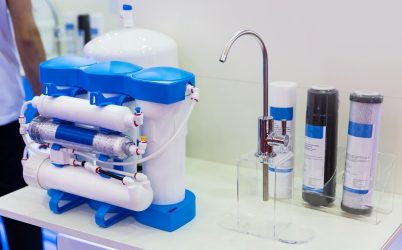

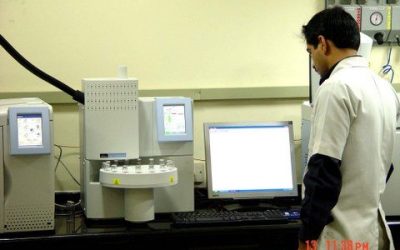
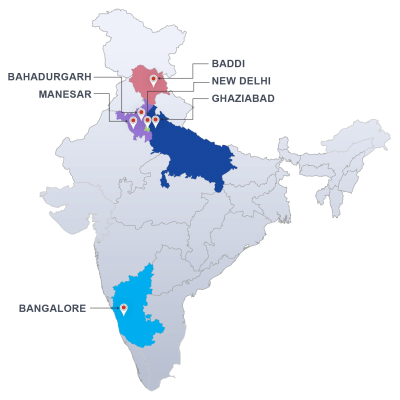
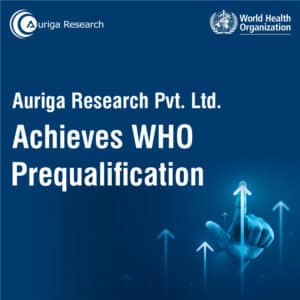



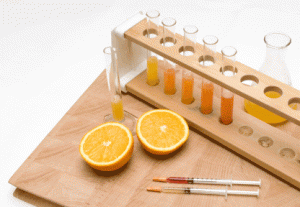

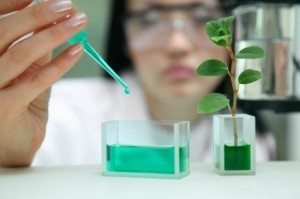


2 Responses
We in need of outsourcing SIMDIST analysis of a petroleum product for determining boiling point range.
Thank you for your inquiry. Your request has been forwarded to our sales team for immediate attention. They will reach out to you shortly via email to address your concerns. Should you have any urgent matters or further questions please feel free to contact us directly at +91-8588851888.